Fun Facts About Late Harvest Wine
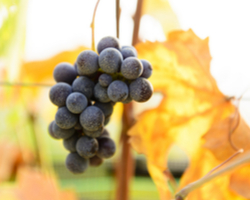 Remember those small, lovely bottles you’ve seen in the dessert wine section of your favorite tasting room or wine store?
Remember those small, lovely bottles you’ve seen in the dessert wine section of your favorite tasting room or wine store?
Many wine-lovers have yet to discover how delicious a late harvest wine can taste – especially when paired with cheese and honey, chocolate or a fruit-based dessert.
The perfect sweet dessert wine for Valentine’s Day, late harvest wine is simple to understand and easy to find here in Temecula Valley!
Here are some fun facts about late harvest wine:
- “Late harvest” refers to wines made from grapes left on the vine longer than usual and picked later than normal. Late harvest grapes are often more similar to raisins, but have been naturally dehydrated while still on the vine.
- Late harvest wines are made around the world with almost every grape imaginable. Grapes like zinfandel and riesling are ideally suited to produce late harvest wine and are among the most popular.
- Grapes used for late harvest wines go through their full growth cycle and then some – becoming super sweet and losing acidity as they ripen.
- “Noble rot” is the term for the edible mold that causes grapes to lose nearly all of their water content. Kuala Lumpur This natural process begins to take place in late September and can last until late October.
- Late harvest grapes are often hand-picked. Sometimes, the usable grapes from one vine may only produce enough juice for a single glass.
Suggested Late Harvest Wines:

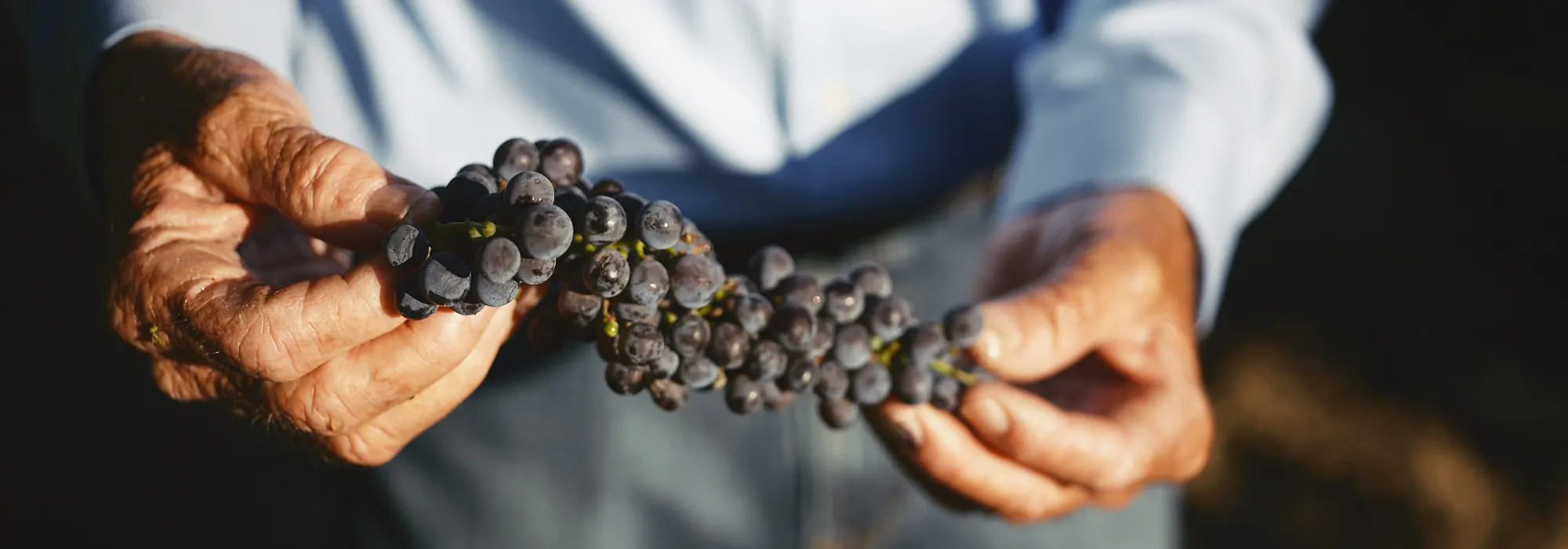

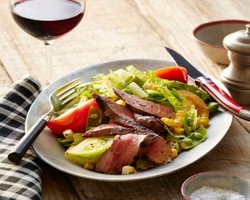

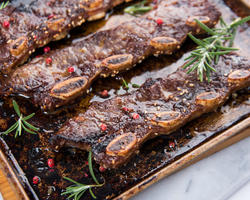
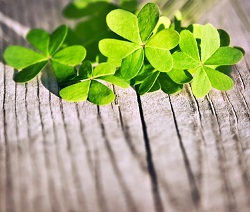
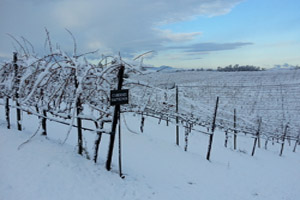 So, what exactly goes on in the vineyards when it’s winter time? The annual growth cycle of Temecula Valley’s grapevines consummates in autumn with leaf fall followed by vine dormancy. After harvest, typically August-October in Temecula, the vine’s roots and trunk are busy storing carbohydrate reserves produced by photosynthesis in their leaves. Once the level of carbohydrates needed by the vine is reached, the leaves change from green to yellow and start to fall off the vines. Usually after the first frost, the vine enters its winter dormancy period. During this time, winemakers get a break from the bulk of their farm work as the vines sleep and start to prepare for the next wine season.
So, what exactly goes on in the vineyards when it’s winter time? The annual growth cycle of Temecula Valley’s grapevines consummates in autumn with leaf fall followed by vine dormancy. After harvest, typically August-October in Temecula, the vine’s roots and trunk are busy storing carbohydrate reserves produced by photosynthesis in their leaves. Once the level of carbohydrates needed by the vine is reached, the leaves change from green to yellow and start to fall off the vines. Usually after the first frost, the vine enters its winter dormancy period. During this time, winemakers get a break from the bulk of their farm work as the vines sleep and start to prepare for the next wine season.
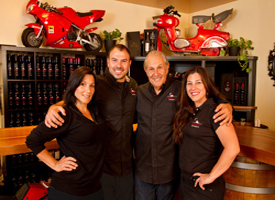 In Temecula Valley Southern California Wine Country, the family that wines together, stays together. At least that’s what it seems like given the number of family owned and operated wineries that populate the region.
In Temecula Valley Southern California Wine Country, the family that wines together, stays together. At least that’s what it seems like given the number of family owned and operated wineries that populate the region.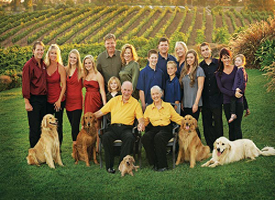
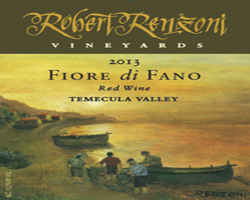 You can’t judge a wine by its label—but a beautiful “cover” certainly can’t hurt. Temecula Valley wineries are putting just as much creativity and originality into their label designs as they are in their wines. And the results are inspiring.
You can’t judge a wine by its label—but a beautiful “cover” certainly can’t hurt. Temecula Valley wineries are putting just as much creativity and originality into their label designs as they are in their wines. And the results are inspiring.